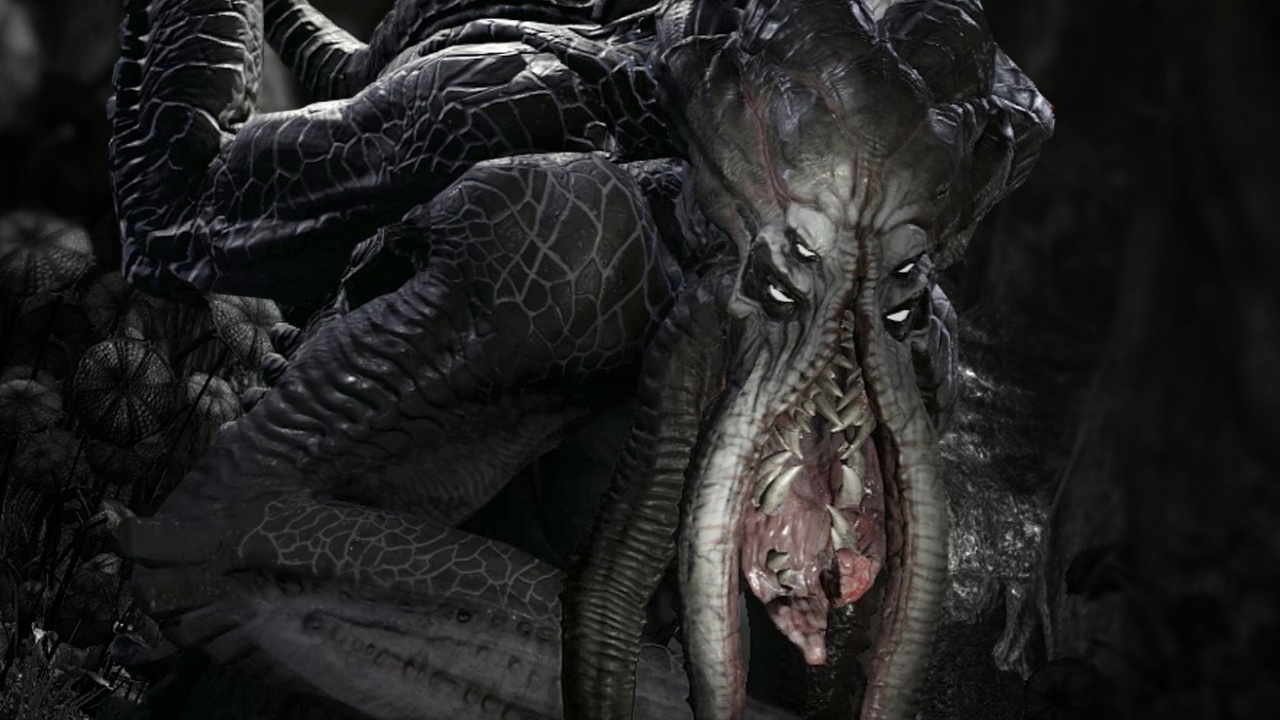
when Horror Yearbook – The Kraken is one of the most famous creatures in Scandinavian folklore. Its terrifying legend has inspired countless tales, movies, and myths. This giant sea monster, believed to live off the coast of Norway and Greenland, is known for dragging ships and their crews into the depths of the ocean. The Kraken is often described as a colossal creature with massive tentacles, capable of creating huge whirlpools. It has become an icon of maritime folklore, fueling the imaginations of sailors and adventurers for centuries.
The origins of the Kraken myth can be traced back to the 18th century. Sailors, who spent months at sea, were the first to tell tales of this monstrous beast. The idea of a giant sea creature lurking beneath the waves likely emerged from the fear and mystery surrounding the vast oceans. The Kraken is often depicted as a giant squid or octopus, though its true nature has been a subject of debate. Over time, these stories spread, growing more dramatic with each retelling.
Some scholars believe the Kraken was inspired by real creatures such as the giant squid. This species, capable of growing over 40 feet long, is often sighted in deep ocean waters. It is easy to see how such a creature could be mistaken for the Kraken, especially when sailors reported large tentacles emerging from the water. The Kraken myth likely evolved from these sightings, transforming into the terrifying beast we know today.
“Read about: The Vampire of Highgate Cemetery: Unraveling London’s Darkest Myth”
In Scandinavian folklore, this sea monster is more than just a creature of the deep. It symbolizes the dangers and mysteries of the ocean, a place where the unknown thrives. Legends say it could create massive whirlpools by submerging its immense body. These whirlpools would pull entire ships into the depths, leaving no trace behind. This creature served as a symbol of the ocean’s unforgiving nature. Its power and presence in these stories emphasized the ocean’s ability to swallow anything in its path, reinforcing sailors’ fears of the deep and uncharted waters. As a result, it became a creature feared not only for its size but for the mystery it represented.
While the Kraken is most commonly associated with Norway and Greenland, it is also part of the broader Scandinavian maritime tradition. The creature became an important part of the culture, instilling both fear and awe in those who sailed the northern seas. Sailors would tell stories of their encounters with the Kraken, passing them down through generations. The creature’s reputation as a powerful, unstoppable force was cemented in these tales.
The Kraken continues to captivate our imaginations today. It has been featured in numerous films, books, and video games. One of the most famous depictions of the Kraken comes from the movie “Pirates of the Caribbean: Dead Man’s Chest,” where the monster attacks a pirate ship with its enormous tentacles. This portrayal of the Kraken, while fictionalized, is rooted in the creature’s long history in folklore.
The Kraken has also been featured in popular literature, from horror novels to fantasy epics. Writers often use the Kraken as a symbol of the untamable, mysterious forces of nature. Its depiction has evolved over time, from a creature of folklore to a creature of myth and legend in the modern world.
“Read more: Essential Tools and Techniques for Perfect Cake Decorating”
Its legacy is undeniable. It has become one of the most famous creatures in folklore, with a history spanning centuries. Although no one has ever confirmed its existence, it remains a symbol of the sea’s untamed power. This creature serves as a reminder of the mysteries lurking beneath the ocean’s surface, a place where sailors and explorers still fear to tread.
It reflects human curiosity, fear, and fascination with the unknown. As long as the sea remains an enigma, stories about this monster will continue to inspire both terror and wonder. It represents the eternal mystery of the deep ocean and the creatures that may dwell within it. Furthermore, as modern exploration uncovers more of the ocean’s depths, many wonder whether such creatures could still exist. Consequently, the mystery remains alive and well in the hearts of those who are drawn to the sea.